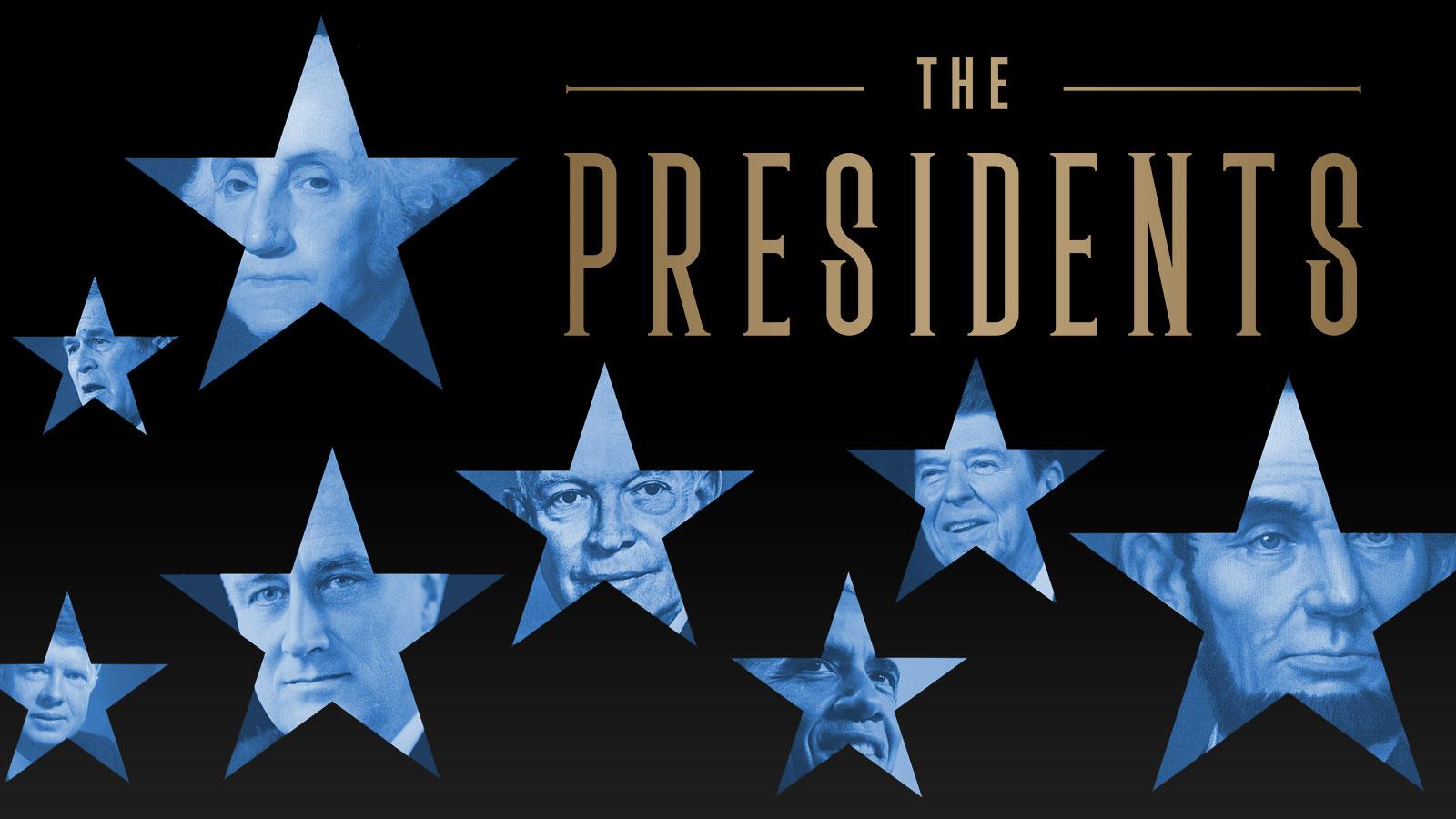
Choosing a design/” title=”Law Firm Logo Design”>logo-design/” title=”Farm Logo Design”>typeface for a logo may seem like a simple task, but in reality, it’s a decision that can make or break the entire design. Think of it like picking the perfect outfit for a first date – you want to make a good impression, but you don’t want to come off as trying too hard. In the world of logo design, the typeface you choose can convey a sense of playfulness, professionalism, or even mystery. So, buckle up, buttercup, because we’re about to dive into the wild and wonderful world of picking the perfect typeface for your logo design.
Choosing a Typeface that Reflects Brand Identity
When it comes to choosing a typeface that truly reflects your brand identity, you want to make sure you’re not just picking any old font off the shelf. Take some time to consider what your brand stands for and how you want to be perceived by your audience.
Remember, first impressions are everything, so you want to make sure your typeface is sending the right message. Here are a few tips to help you find the perfect font:
- Personality Match: Does the typeface convey the personality of your brand? Is it fun and whimsical, or sleek and professional?
- Legibility: Can your audience easily read the text? You don’t want to leave them squinting or confused.
- Consistency: Make sure your typeface is consistent across all platforms and materials. You don’t want to confuse your audience with different fonts.
Ultimately, your typeface should be an extension of your brand identity. So, take the time to find a font that not only looks good but also resonates with your brand values. After all, the right typeface can make all the difference in how your audience perceives you. Now go forth and choose your font wisely!

The Visual Impact of Typography in Logo Design
Typography plays a crucial role in logo design, influencing how a brand is perceived by its audience. The visual impact of typography can make or break a logo design, so it’s important to choose the right font that aligns with the brand’s identity. Here are some key points to consider when using typography in logo design:
When selecting a font for a logo, it’s essential to consider the brand’s personality and values. Is the brand playful and whimsical? Choose a fun and quirky font like Comic Sans (just kidding, please don’t ever use Comic Sans!). Is the brand sophisticated and elegant? Opt for a sleek and stylish font like Gotham or Montserrat. The font you choose should reflect the essence of the brand and resonate with its target audience.
Typography can also convey a sense of hierarchy and structure in a logo design. By using different font sizes, weights, and styles, you can guide the viewer’s eye and emphasize important elements of the logo. Bold fonts can create a strong visual impact and make a statement, while italicized fonts can add a touch of elegance and sophistication. Experiment with different typographic elements to achieve the desired visual balance in your logo design.
Lastly, don’t be afraid to think outside the box and get creative with typography in logo design. Play around with custom fonts, ligatures, and letter spacing to make your logo stand out from the competition. Remember, the goal is to create a memorable and visually appealing logo that captures the essence of the brand. So have fun experimenting with typography and watch the visual impact of your logo design soar!

Maximizing Legibility and Readability in Logos
When it comes to creating logos, legibility and readability are key factors that can make or break your design. After all, what’s the point of having a logo if people can’t even read it, right?
To maximize legibility and readability in logos, follow these simple tips:
- Choose the right font: Avoid fancy, overly decorative fonts that are hard to read. Stick to clean, simple fonts that are easy on the eyes.
- Keep it simple: Don’t overcrowd your logo with too much text or imagery. Less is more when it comes to logo design.
- Use contrast: Make sure there is enough contrast between the text and background colors to ensure that the logo is easy to see and read.
Remember, a good logo should be easily recognizable and memorable. So, next time you’re designing a logo, keep these tips in mind to ensure that your creation is not only visually appealing but also easy to read and understand.

The Psychological Effects of Typeface Selection
Have you ever stopped to consider the profound impact that font selection can have on your mental well-being? No? Well, you’re in for a treat! Let’s dive into the fascinating world of .
First off, let’s talk about Serif vs. Sans Serif. Serif fonts, with their little tails and decorative flourishes, are like the fancy dinner party of the typography world. They exude sophistication and class, making you feel like you’re sipping champagne at a swanky soirée. On the other hand, Sans Serif fonts are like the laid-back beach party – casual, relaxed, and effortlessly cool. They make you want to kick off your shoes and chill out.
Next up, we have Font Weight. Bold fonts scream confidence and authority. They’re like the person who walks into a room and commands attention without saying a word. Light fonts, on the other hand, are delicate and ethereal, like a gentle whisper in a crowded room. They make you lean in and listen closely, curious to hear more.
And let’s not forget about Font Size. Large fonts are in-your-face and attention-grabbing – they’re like that friend who always has to be the center of attention. Small fonts, on the other hand, are unassuming and understated, like the quiet observer who sees everything but says little. They make you feel like you’re privy to a secret club with insider knowledge.
Creating Consistency Across Branding Materials
When it comes to , it’s important to make sure that all of your graphics, logos, and messaging align perfectly. Think of it like a well-oiled machine – if one gear is off, the whole thing falls apart!
One way to ensure consistency is by establishing brand guidelines. These guidelines should outline everything from your brand colors and fonts to the tone of voice and imagery style you use. Consistency is key, so make sure everyone on your team is on the same page!
Another important aspect of creating consistency is making sure your branding materials are easily recognizable. This means using the same logo across all platforms, keeping your color scheme consistent, and using similar language and imagery in all of your marketing materials. You want your audience to be able to spot your brand from a mile away!
Remember, doesn’t have to be boring. Get creative with your designs and messaging, but always make sure they align with your brand guidelines. With a little bit of effort and a whole lot of humor, you can create a cohesive and memorable brand that stands out from the crowd!
Enhancing Brand Recognition with the Right Font Choice
Choosing the right font for your brand is crucial in creating a lasting impression on your audience. After all, you don’t want to be known as the company with the Comic Sans logo, right?
Here are a few tips to help you enhance brand recognition with the right font choice:
- Know your audience: Each font has its own personality, just like your target demographic. Make sure to choose a font that resonates with your audience and represents your brand appropriately.
- Avoid over-the-top fonts: While it may be tempting to choose a flashy, unique font to stand out, it’s important to remember that readability is key. Stick to fonts that are easy to read and complement your brand’s message.
- Consistency is key: Use the same font across all your branding materials to create a cohesive look. This will help consumers recognize your brand instantly.
FAQs
Why is choosing the perfect typeface important for logo design?
Choosing the perfect typeface for logo design is crucial because it sets the tone for your brand. The right typeface can convey your brand’s personality and values, while the wrong typeface can give off mixed signals like wearing socks with sandals.
How can a typeface affect the perception of a logo?
A typeface can affect the perception of a logo in many ways. For example, a bold and modern typeface can scream “innovation,” while a cursive and elegant typeface might whisper “sophistication.” Just like choosing the right outfit for a first date, choosing the right typeface for your logo is key.
What are some common typeface mistakes to avoid in logo design?
One common typeface mistake in logo design is using too many different fonts. It’s like a party with too many guests – chaotic and confusing. Another mistake is using overly decorative or hard-to-read fonts. Remember, your logo’s primary job is to communicate your brand, not to give viewers a headache.
How can I choose the perfect typeface for my logo design?
Choosing the perfect typeface for your logo design involves considering your brand’s personality, target audience, and industry. Take your time to test different typefaces and see which one resonates with your brand. It’s like finding the perfect avocado – not too hard, not too soft, just right.
Choose Wisely, Young Designer
So there you have it, budding logo creators. Remember, the font you choose can make or break your logo design. So, take your time, explore all your options, and don’t be afraid to think outside the (font) box. With the perfect typeface by your side, your logo will surely stand out from the crowd. Good luck and may the font be with you!











